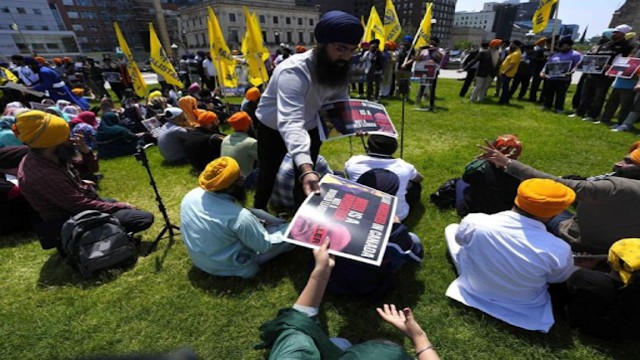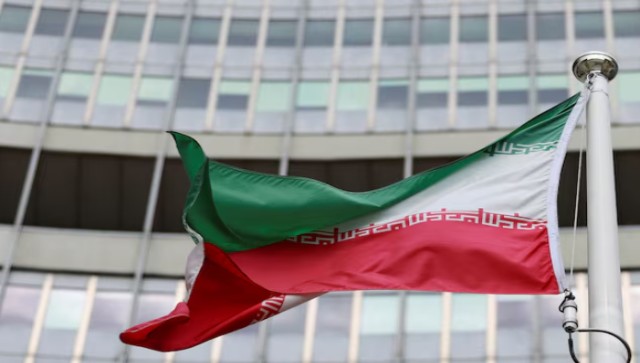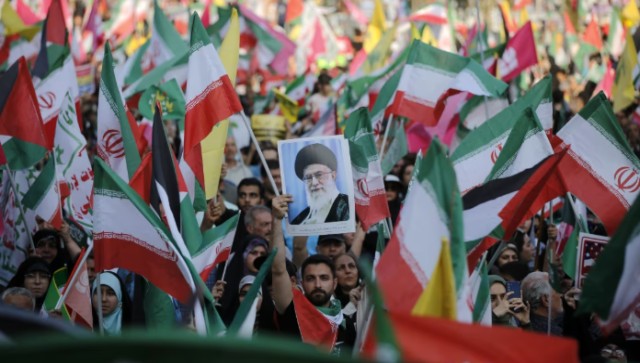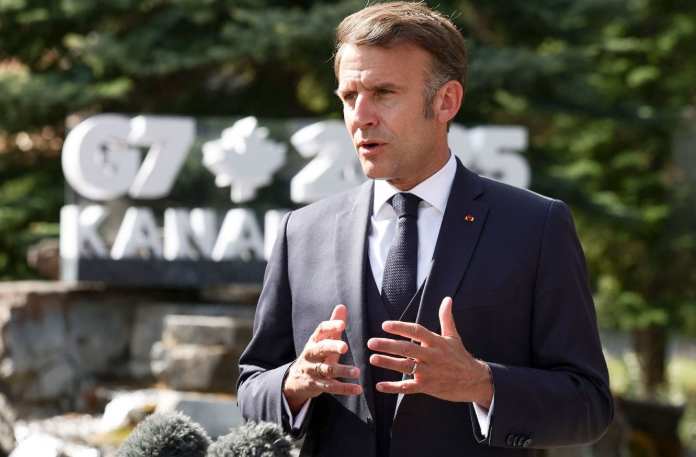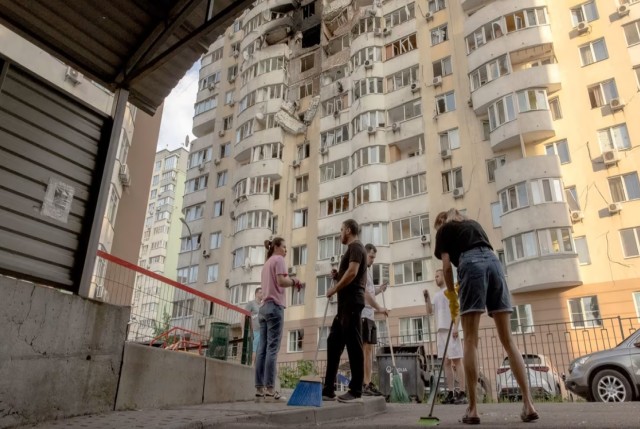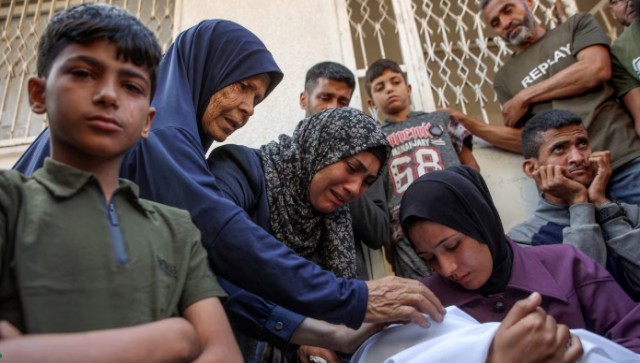
A woman mourns over the body of a Palestinian killed by an Israeli airstrike at Al-Shifa hospital in Gaza City on June 4, 2025.
In southern Gaza, a child sobs on the ground, hugging her father’s shoe. Bisan Qwaider’s world collapsed when her father, Shadi, was killed trying to find food for his starving family. He had dared to travel to Ma’an, an area marked as a dangerous combat zone, hoping to bring back supplies for his 11-member family. Instead, he became one of the many casualties of Gaza’s deepening hunger crisis.
Hunger and Airstrikes Leave Families Helpless
The Qwaider family's tragedy is one among many. With Gaza teetering on the edge of famine, thousands are risking their lives daily in search of food. According to Gaza health authorities, hundreds have died in recent weeks while attempting to bring back basic supplies for their families. UN-backed reports confirm that nearly one in five Gazans is facing starvation. And the crisis is getting worse.
Despite Israel easing an 11-week total blockade in late May, humanitarian organizations say the aid allowed in is grossly insufficient. UN humanitarian chief Tom Fletcher warned that without immediate and large-scale access to essentials, Gaza could fall into full-scale famine and chaos.
Palestinians carry boxes and bags containing food and humanitarian aid packages delivered by the Gaza Humanitarian Foundation earlier this month.
Israel Iran Conflict Shifts Global Attention
As violence escalates between Israel and Iran, many in Gaza feel the world has abandoned them. The little international attention their suffering once received is now diverted toward the broader regional conflict.
“The war between Israel and Iran made people forget about us completely,” said Mohammad, a resident of Gaza. “Every day someone tries to get food, they end up in a body bag.”
Umm Mustafa echoed that sentiment, stating, “All focus has shifted. It’s like Gaza has been erased from the map.”
Rising Death Toll and Vanishing Hope
Since October 2023, over 55,300 Gazans have been killed, and 128,700 injured, as reported by local health authorities. That means one in every 40 people in Gaza has lost their life. Independent verification remains difficult as Israel has barred foreign journalists from entering Gaza freely.
Adding to the misery is the dire shortage of essential goods. The International Committee of the Red Cross confirms that Israeli restrictions are choking access to vital supplies. Basic items like flour have become up to 500 times more expensive.
“People can’t find anything to eat or drink,” said Abu Mohammed, another Gaza resident. “It does feel like the world has forgotten us.”
Aid Efforts Fall Short Amid Danger
A recent aid initiative backed by Israel and the US – the Gaza Humanitarian Foundation (GHF) – has failed to meet urgent needs. Its distribution points, located dangerously close to active combat zones, have seen at least 300 people killed since opening. Critics say the foundation is not effective and doesn’t address the root of the crisis.
Meanwhile, only a handful of international organizations are allowed to deliver limited food, medical, and water purification supplies. Other essential items like shelter materials and hygiene products remain blocked.




